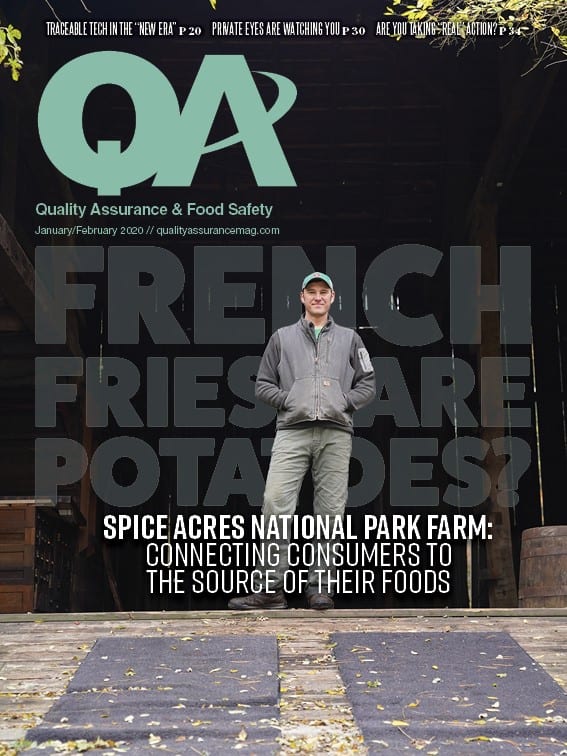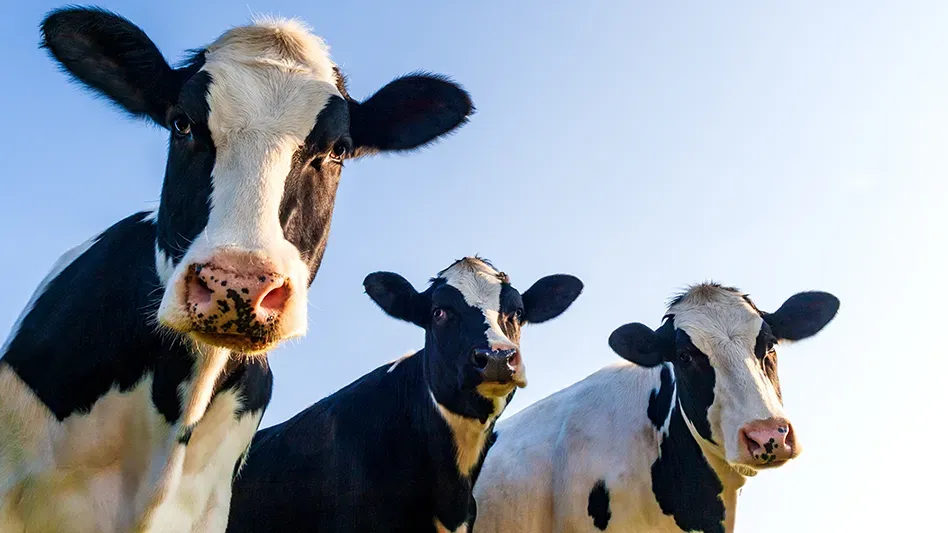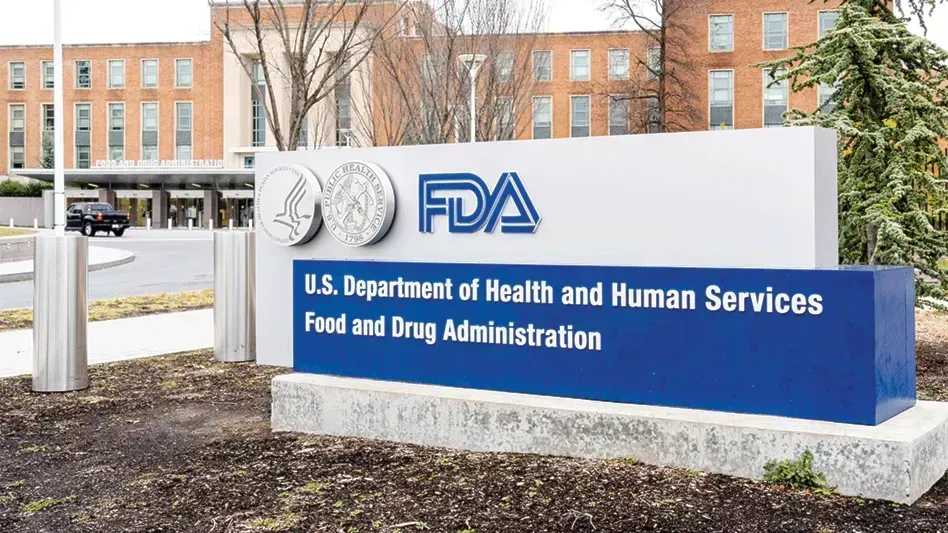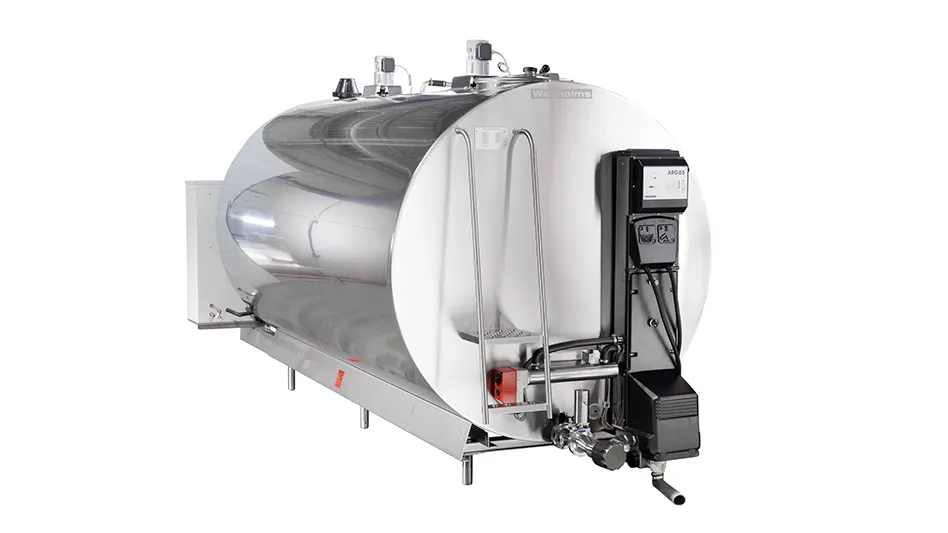
Rodents are some of the most common adulterators of our nation’s food supply worldwide, consuming, damaging, or contaminating enough food each year to feed 200 million people.
From dark, secluded corners to areas of excess moisture, food and beverage processing plants are especially vulnerable to rodent infiltration and adulteration at every stage of production, making proper identification and proactive prevention key to stymying an infestation.
SPECIES IDENTIFICATION. Although there are more than 1,000 species of rodents, there are three that most commonly infest food processing plants: the house mouse, Norway rat, and roof rat.
Each of these rodents poses a significant threat to humans and is dangerous if it comes in contact with our food supply. With proper treatment hinging on proper identification, here is how to distinguish each species:
House mice are typically a dusty gray in color with cream-colored bellies, pointed muzzles, and large ears. They are excellent climbers and can jump up to a foot high, but are colorblind and cannot see clearly beyond six inches. They can fit through holes the size of a dime, and breed rapidly, giving birth to half a dozen babies every three weeks.
House mice prefer to nest in dark, secluded areas and often build nests out of paper products, cotton, packing materials, wall insulation, and fabrics. They will eat almost anything but prefer grain-based products.
House mice can produce more than 50 droppings in a single day, and their feces have been implicated in the spread of Salmonella.
Norway rats, often called street rats or sewer rats, have bristly brown fur with black hairs. They have lighter bellies, small eyes and ears, and a long tail. This rat can run, climb, jump, and swim, and can reproduce quickly, with three to six litters a year. It can fit through holes the size of a quarter, and often nests in piles of debris or undisturbed materials.
Norway rats aren’t picky, but prefer meat, fish, cereal, and dog food, and are known to gnaw through plastic or lead pipes for food or water. In addition to structural threats, they can carry serious diseases, including jaundice, rat-bite fever, cowpox virus, trichinosis, and salmonellosis.
Roof rats are smaller than Norway rats, and are commonly called black rats or ship rats. They have soft, smooth fur and are long and thin with large eyes and ears, a pointed nose, and a scaly tail.
Roof rats can fit through holes the size of a quarter; they will eat almost anything, but prefer seeds, nuts, fruits and berries; and they are known to hoard stockpiles of food. They can spread bubonic plague, typhus, jaundice, rat-bite fever, trichinosis, and salmonellosis.
SIGNS OF AN INFESTATION. Although rodents are most active at night, enabling an infestation to go undetected, there are other ways to spot a rodent problem. Some of these are:
- Droppings (approximately 1/8- to ¼-inch long) carrying harmful bacteria, often left in places where food is stored.
- Gnaw marks found on almost any type of material. New marks or holes tend to be rough, while old ones will be smooth from wear.
- Nests, identified by scattered or torn materials such as paper and insulation, and free of dust and cobwebs due to frequent use.
- Rub marks, of grease or dirt, left along walls and floorboards as rodents follow a trail between their nest and food.
- Runways, with droppings but free of dust and debris, between the rodents’ harborage and food source.
- Damaged goods, such as torn packaging and strewn food. Be sure to monitor which items have been destroyed, as this may indicate the species responsible.
Rodents are social animals, so if one is spotted in your food processing plant, it is likely there are more hiding out of sight.
To help prevent an infestation, the best method of proactive pest control in food processing facilities continues to be integrated pest management (IPM). In IPM facility managers work with their pest control professional partners to inspect, identify, recommend, treat, and evaluate pest hot spots to prevent infestations.
Through this partnership, facility managers can help ensure that their food products, and the people that will be consuming them, are as safe as possible.

Explore the January February 2020 Issue
Check out more from this issue and find you next story to read.
Latest from Quality Assurance & Food Safety
- Food Safety Summit Keynote Focuses on Food Safety Leadership
- FDA Publishes Landmark Final Rule to Enhance the Safety of Agricultural Water
- The Wendy's Company Reports 2023 Corporate Responsibility Progress
- Local Bounti Opens New Controlled Environment Agriculture Facility
- Tröegs Partners with Patagonia Provisions to Introduce Kernza Lager
- Neogen Launches New Molecular Method for Detection of Two Salmonella Serotypes
- Standard Meat Company Appoints Keith Blanks as Chief Commercial Officer
- USDA Finalizes Policy to Protect Consumers from Salmonella in Raw Breaded Stuffed Chicken Products




